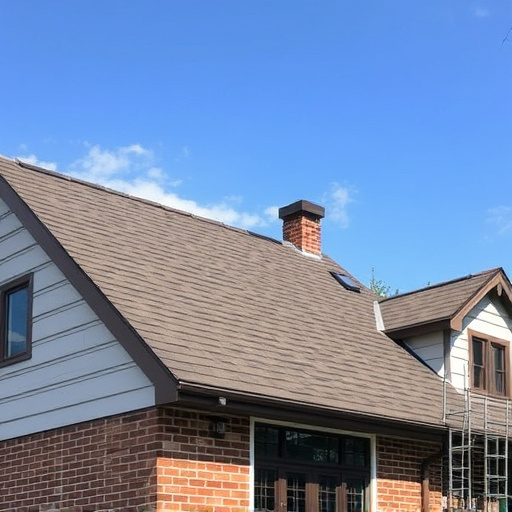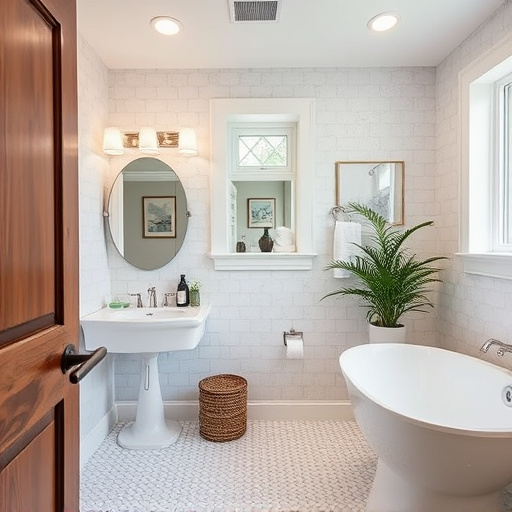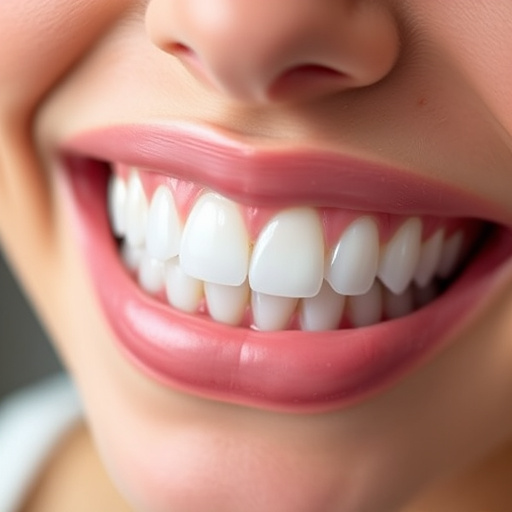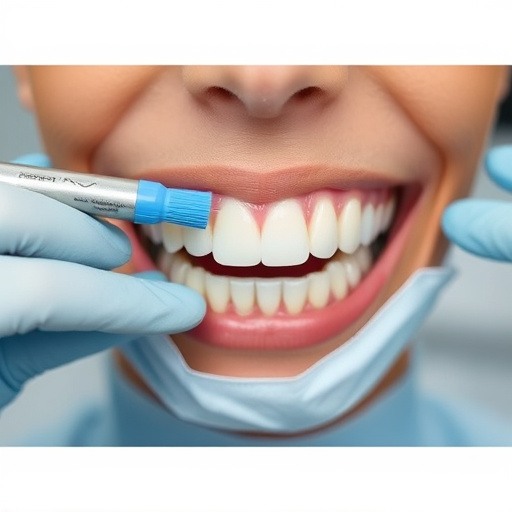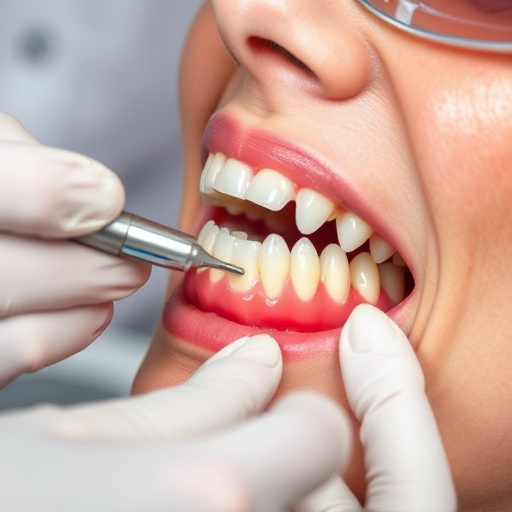Creating a handicap accessible dental environment is paramount for providing comfortable and inclusive care to all patients, including those with disabilities. Physical adaptations like adjustable chairs, lower work stations, wide doorways, and wheelchair space enhance accessibility and independence. These design choices not only make the practice more inclusive but also ensure every patient receives quality care from entry. Beyond essentials, adapting waiting areas, providing sensory tools, and using child-friendly equipment foster an inclusive experience for diverse patients, focusing on emotional well-being alongside treatment.
In today’s diverse society, ensuring every patient receives comfortable and accessible dental care is paramount. Handicap accessible dental practices that prioritize comfort not only cater to a broader range of individuals but also foster trust and build stronger relationships with their patients. This article explores the multifaceted approach to creating inclusive environments, tailoring communication and care, and integrating technology to enhance the overall experience for all, regardless of physical abilities.
From physical adaptations to innovative technological solutions, discover how handicap accessible dental practices are revolutionizing oral health care.
- Creating an Inviting Space: Physical Adaptations for Handicap Accessibility
- – The importance of a welcoming environment for all patients
- – Essential physical modifications for handicap accessible dental practices
Creating an Inviting Space: Physical Adaptations for Handicap Accessibility
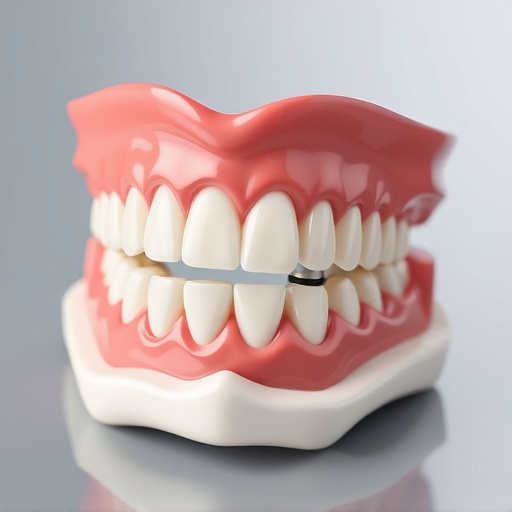
Creating an inviting space is a key aspect of ensuring a comfortable experience for all patients, especially those with disabilities. Physical adaptations play a crucial role in making dental practices truly handicap accessible. This involves thoughtful design and implementation of various features to accommodate different needs. For instance, adjusting the height of examination chairs or incorporating lower work stations allows for better access and reduces physical strain for patients using mobility aids.
Additional considerations include installing wide doorways, removing architectural barriers, and providing ample clear space for wheelchairs. These simple yet impactful changes contribute to a welcoming environment, promoting ease of movement and independence for every patient. By integrating these adaptations, dental practices can deliver not just cosmetic fillings or comprehensive dental care but also ensure that patients with disabilities receive the same quality and accessibility as everyone else, fostering an inclusive atmosphere from the moment they walk in.
– The importance of a welcoming environment for all patients
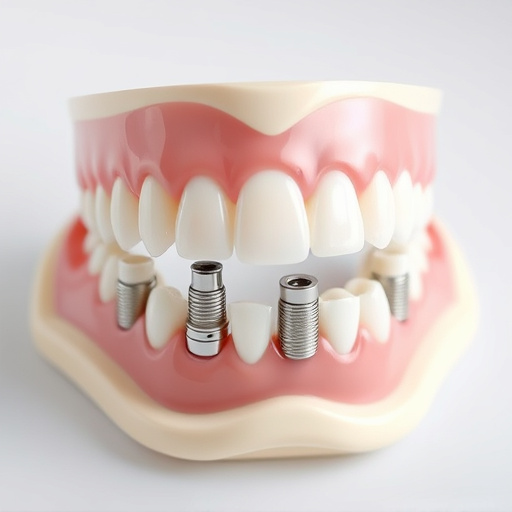
Creating a welcoming environment is paramount for any dental practice, but it’s especially crucial for handicap accessible dental offices. This includes ensuring every patient feels comfortable and at ease from the moment they step inside. A warm, inclusive atmosphere can significantly reduce anxiety and make individuals who may be hesitant about dental care more at ease. This is particularly important when catering to a diverse patient base, including those with physical disabilities.
By prioritizing comfort, handicap accessible dental practices can foster trust and build stronger relationships with their patients. Simple considerations like wheelchair accessibility, noise reduction, and well-lit, inviting spaces can make a world of difference. Moreover, offering various treatment options such as cosmetic dentistry, dental implants, or dental crowns in an accommodating setting can ensure that all patients receive the care they need without added stress or barriers.
– Essential physical modifications for handicap accessible dental practices
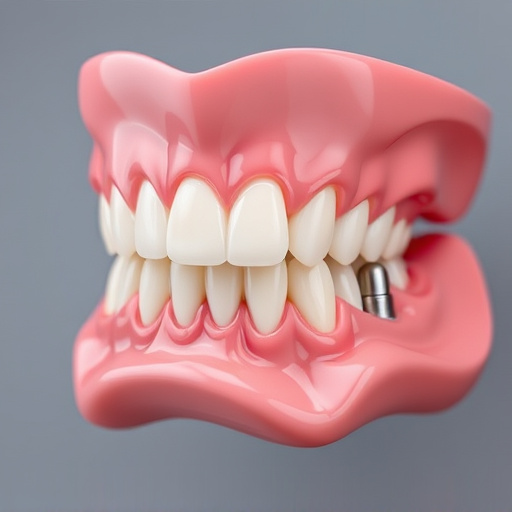
Creating a welcoming and comfortable environment for patients with disabilities is paramount for any dental practice aiming to be truly handicap accessible dental care providers. Physical modifications play a crucial role in ensuring every patient, regardless of their mobility or sensory needs, feels at ease during their visit. This includes installing ramps or lifts for easy wheelchair access, lowering counters and equipment to accommodate those using assistive devices, and incorporating tactile signs and braille throughout the practice for visual impairment patients.
Beyond these essential adaptations, considerations for children’s dentistry within a handicap accessible dental setting are vital. Making waiting areas engaging and accessible, providing sensory tools for anxious patients, and ensuring medical equipment is designed for younger users contribute to an inclusive experience. Whether offering routine oral exams or general dentistry services, practices committed to accessibility prioritize not just treatment but also the emotional well-being of their diverse patient base.
In conclusion, making dental practices fully handicap accessible is not just a matter of compliance but a commitment to ensuring equal care and comfort for all patients. By implementing thoughtful physical adaptations, dental offices can create an inviting space that caters to diverse needs, fostering a sense of belonging and enhancing the overall patient experience. This approach not only respects the rights of individuals with disabilities but also elevates the standard of care in the handicap accessible dental sector.
